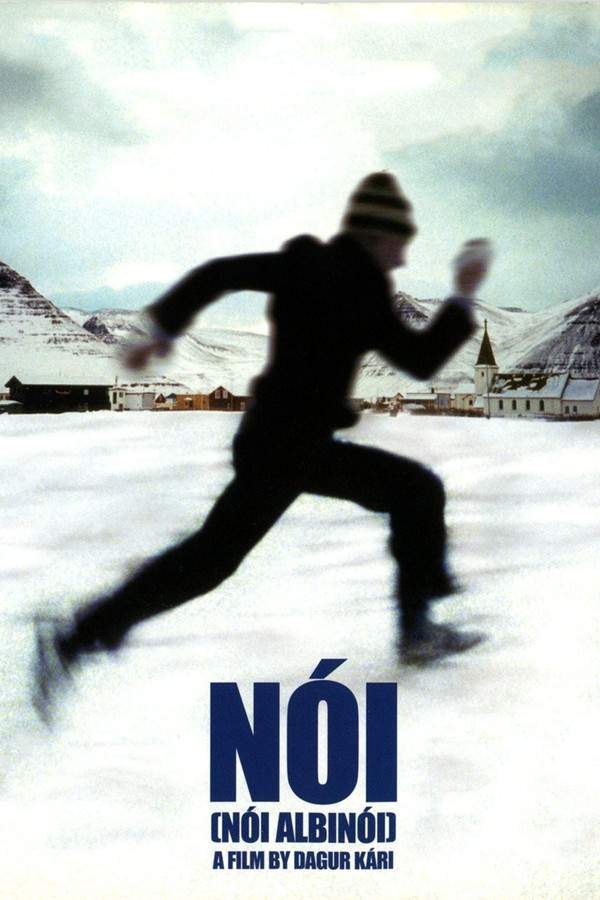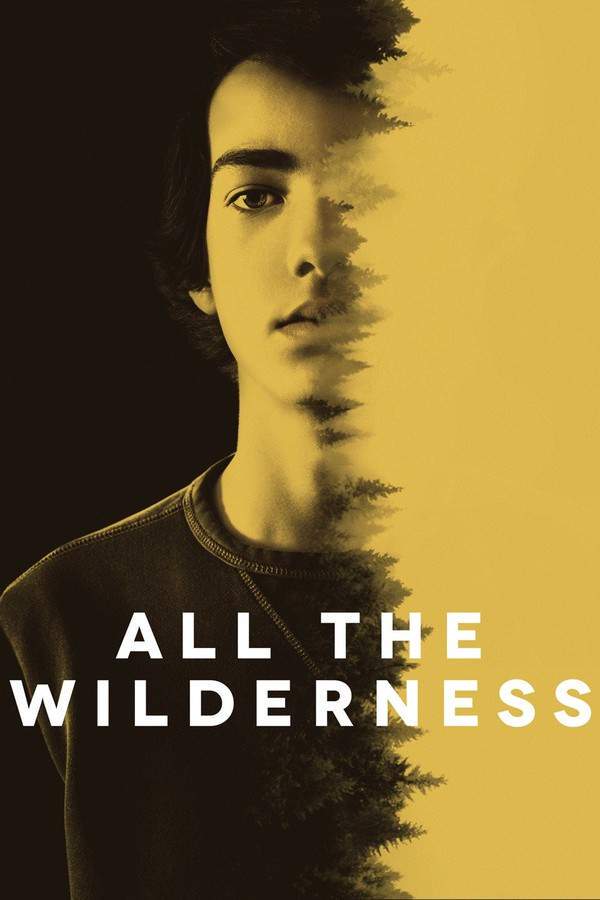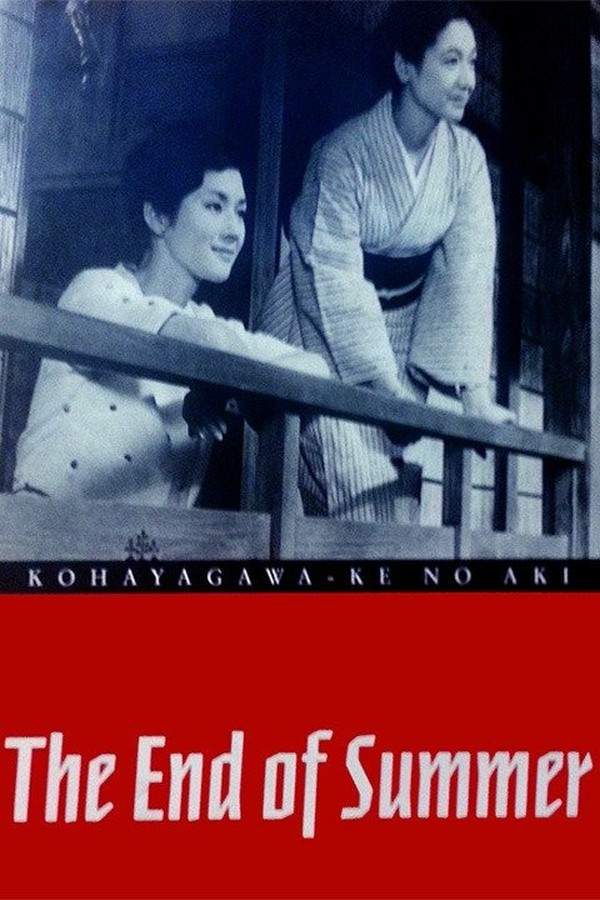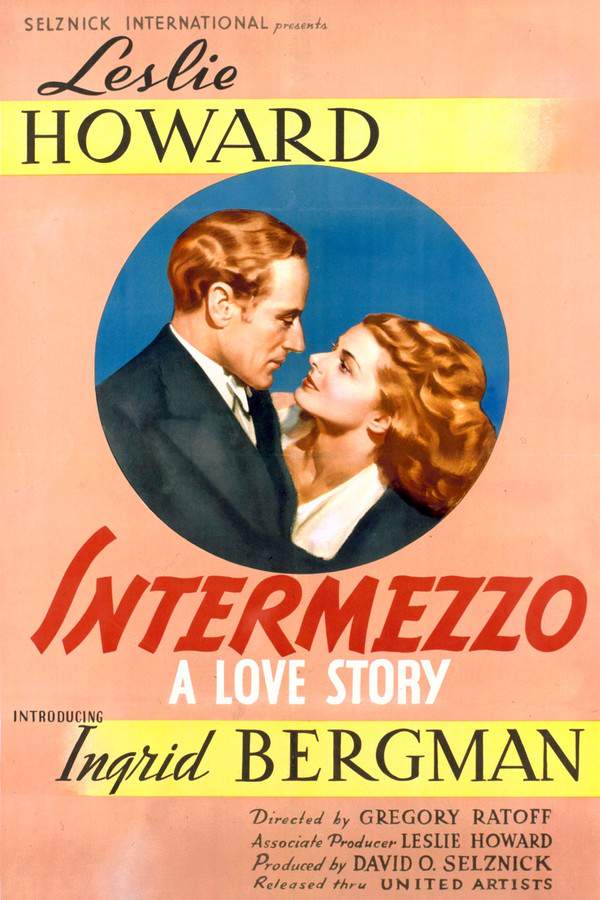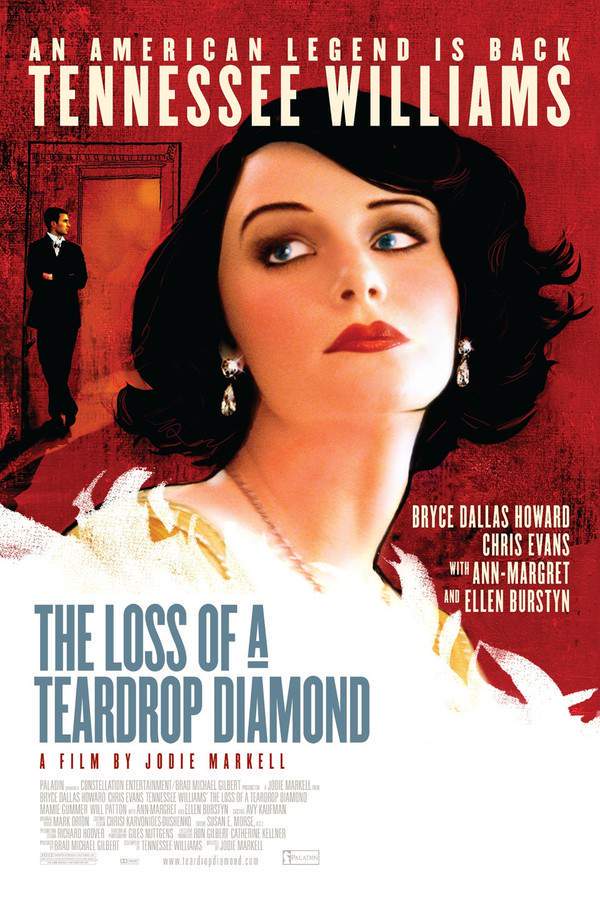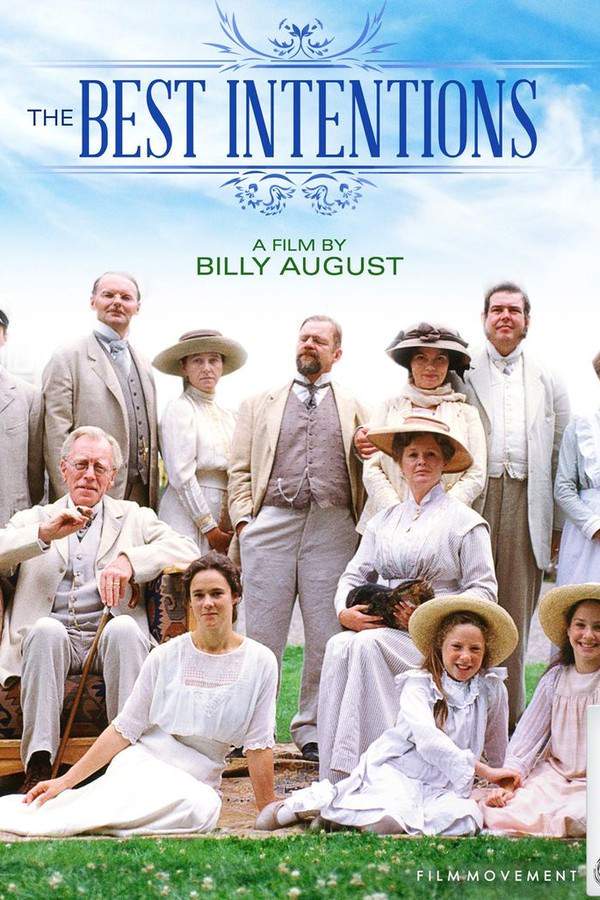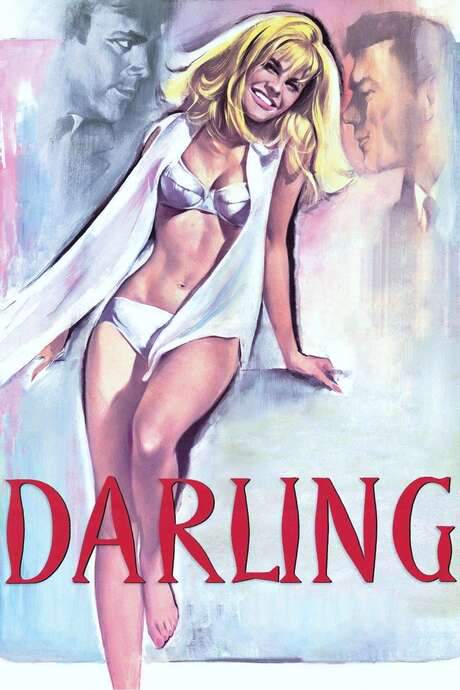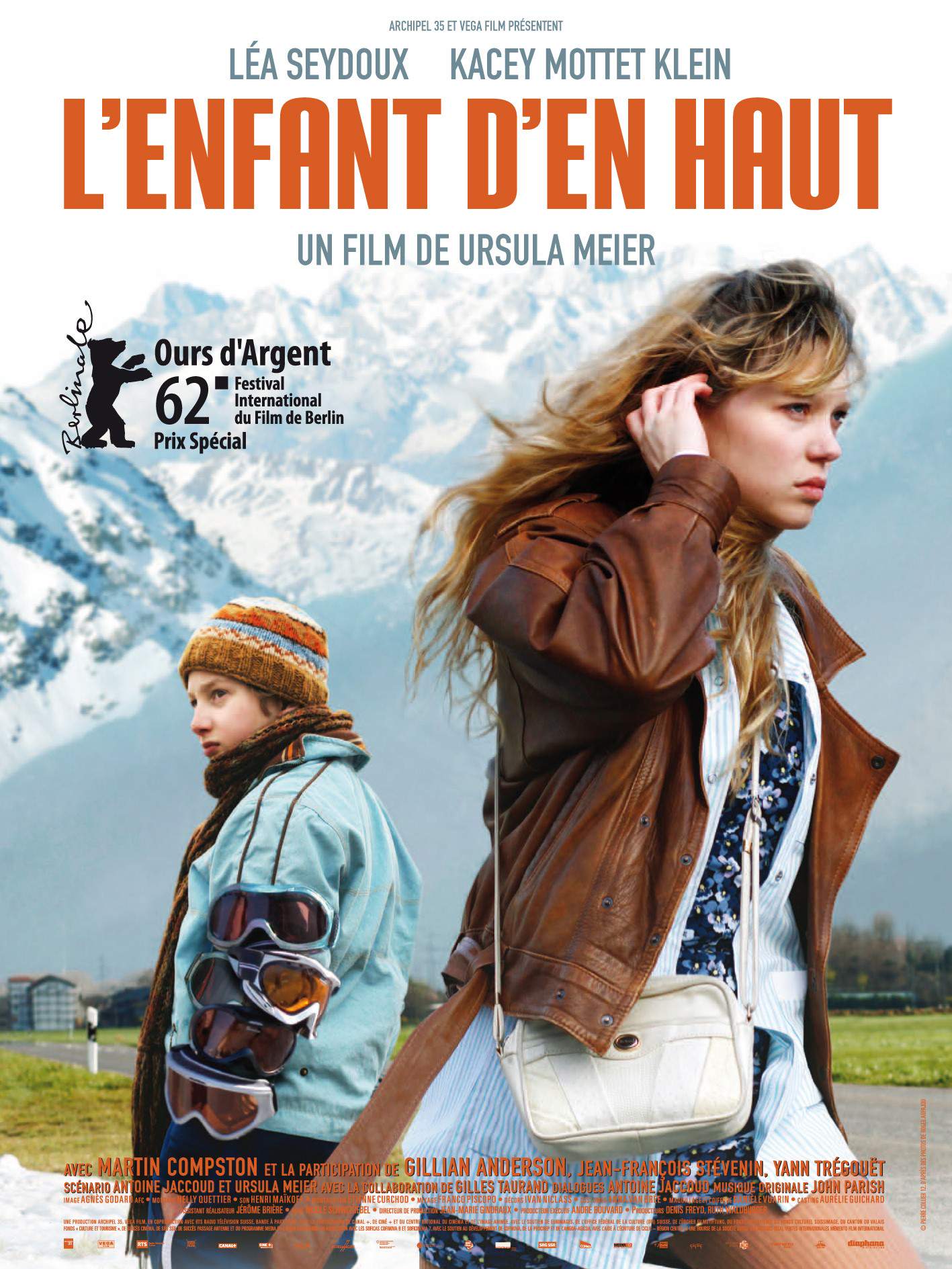
Two
Year: 1965
Runtime: 12 mins
Director: Satyajit Ray
A wordless fable, this short film pits a shantytown child against a wealthy child at a window. Through a series of games—rifles shooting down kites, stacked toys—they vie for supremacy. The rivalry ends as noisy indoor toys contrast with the street child’s simple flute, highlighting opposite worlds. Preserved by the Academy Film Archive in 2006.
Warning: spoilers below!
Haven’t seen Two yet? This summary contains major spoilers. Bookmark the page, watch the movie, and come back for the full breakdown. If you're ready, scroll on and relive the story!
Timeline & Setting – Two (1965)
Explore the full timeline and setting of Two (1965). Follow every major event in chronological order and see how the environment shapes the story, characters, and dramatic tension.
Last Updated: October 04, 2025 at 18:09
Main Characters – Two (1965)
Meet the key characters of Two (1965), with detailed profiles, motivations, and roles in the plot. Understand their emotional journeys and what they reveal about the film’s deeper themes.
Last Updated: October 04, 2025 at 18:09
Major Themes – Two (1965)
Explore the central themes of Two (1965), from psychological, social, and emotional dimensions to philosophical messages. Understand what the film is really saying beneath the surface.
Last Updated: October 04, 2025 at 18:09
Explore Movie Threads
Discover curated groups of movies connected by mood, themes, and story style. Browse collections built around emotion, atmosphere, and narrative focus to easily find films that match what you feel like watching right now.
Wordless and Symbolic Movies like Two
Films that convey complex themes through visual metaphor and silence.Explore movies like Two that use minimal or no dialogue to build their narrative. If you liked the visual allegory and silent tension in Two, you'll find similar powerful stories here that communicate through imagery and symbolic conflict.
Narrative Summary
Narratives in this thread unfold through a series of visual contrasts and symbolic gestures. The plot is often straightforward but emotionally rich, built on a foundation of non-verbal communication that highlights themes like power, inequality, or human connection.
Why These Movies?
Movies are grouped here based on their shared commitment to nonverbal storytelling. They create a unique, contemplative viewing experience defined by a slow, deliberate pacing and a tone that is often melancholic or tense, relying on the power of the image over the spoken word.
Bittersweet Social Allegories like Two
Stories where symbolic conflicts mirror real-world inequalities.Discover movies similar to Two that use allegorical stories to comment on economic inequality and power dynamics. If you appreciated the symbolic class conflict in Two, this collection offers more films with a thoughtful, bittersweet feel.
Narrative Summary
These stories often present a simplified or symbolic world where characters represent different sides of a social divide. The conflict is typically straightforward but deeply meaningful, building to an ending that acknowledges the sadness of the situation while hinting at resilience or a sliver of hope.
Why These Movies?
These films are united by their use of allegory to tackle weighty social themes. They share a moderate emotional weight, a reflective mood, and a bittersweet conclusion that feels earned rather than simplistically happy or sad, making the social commentary resonate long after the film ends.
Unlock the Full Story of Two
Don't stop at just watching — explore Two in full detail. From the complete plot summary and scene-by-scene timeline to character breakdowns, thematic analysis, and a deep dive into the ending — every page helps you truly understand what Two is all about. Plus, discover what's next after the movie.
Two Summary
Read a complete plot summary of Two, including all key story points, character arcs, and turning points. This in-depth recap is ideal for understanding the narrative structure or reviewing what happened in the movie.

Two Timeline
Track the full timeline of Two with every major event arranged chronologically. Perfect for decoding non-linear storytelling, flashbacks, or parallel narratives with a clear scene-by-scene breakdown.

More About Two
Visit What's After the Movie to explore more about Two: box office results, cast and crew info, production details, post-credit scenes, and external links — all in one place for movie fans and researchers.








